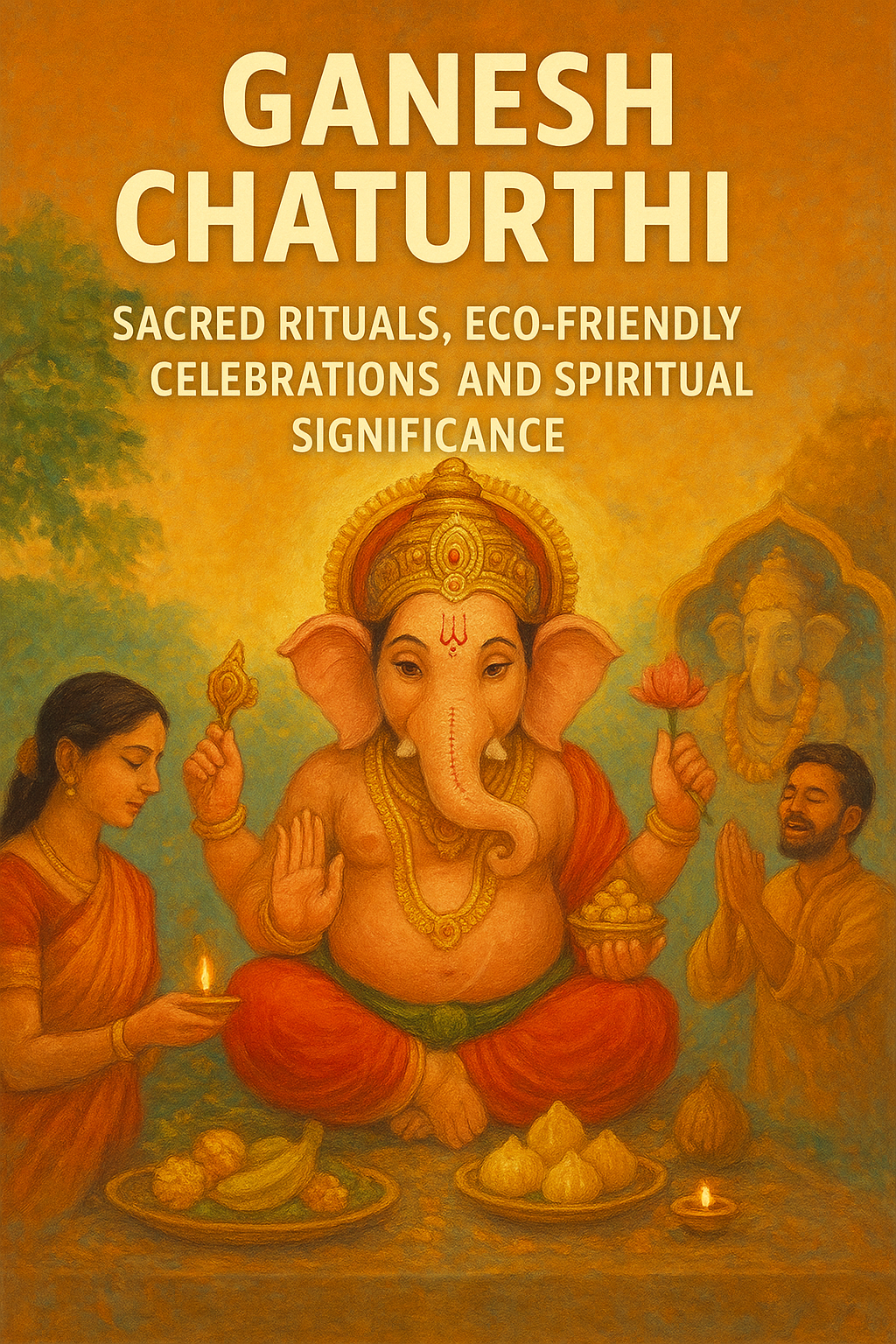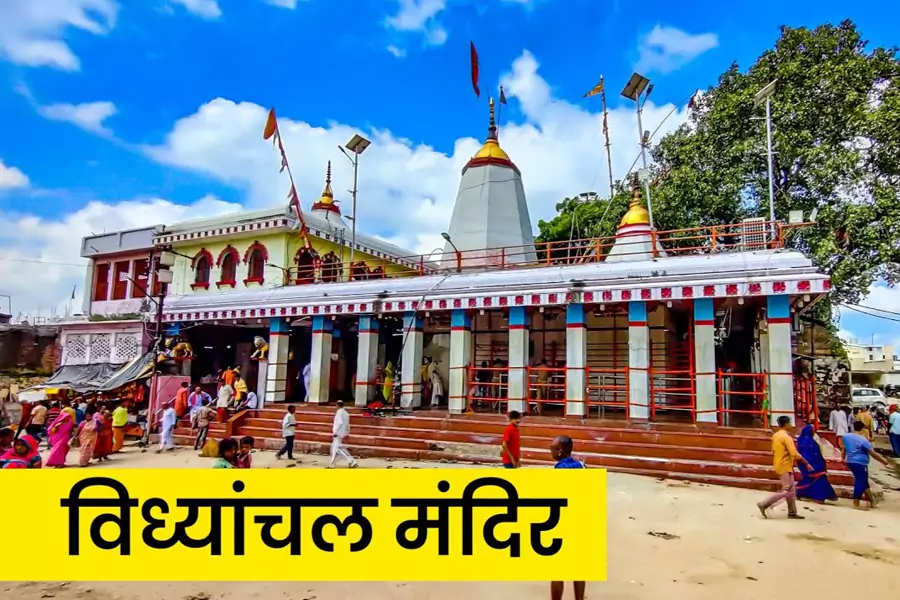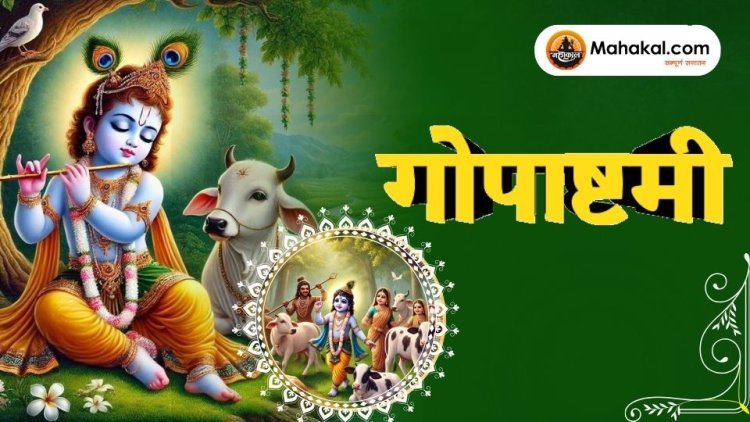Ganesh Chaturthi, also known as Vinayaka Chaturthi, is one of the most beloved and widely celebrated Hindu festivals in India and across the globe. Dedicated to Lord Ganesha, the remover of obstacles and the harbinger of wisdom, prosperity, and good fortune, this festival brings together spirituality, cultural traditions, and community bonding. The celebrations usually last for 10 days, beginning on the fourth day of the Hindu lunar month of Bhadrapada (August–September) and culminating with the Ganesh Visarjan, where idols of Lord Ganesha are immersed in rivers, lakes, or seas with immense devotion.
Over the years, Ganesh Chaturthi has evolved from a family ritual to a grand public celebration, particularly popularized during India’s freedom struggle as a means to bring people together. Today, it is celebrated with equal fervor in homes, temples, and community pandals. However, in modern times, with increasing awareness of environmental concerns, eco-friendly Ganesh Chaturthi has become a vital part of the tradition, blending devotion with sustainability.
This article explores the sacred rituals, eco-friendly celebrations, and the deep spiritual significance of Ganesh Chaturthi while highlighting why this festival holds a special place in the hearts of millions.
The Mythological Origins of Ganesh Chaturthi
The roots of Ganesh Chaturthi lie in Hindu mythology, where the birth of Lord Ganesha is narrated in several Puranas, including the Shiva Purana and the Skanda Purana. According to the most popular legend:
- Goddess Parvati created Ganesha from sandalwood paste and breathed life into him. She instructed him to guard the entrance while she bathed.
- When Lord Shiva returned and tried to enter, Ganesha, unaware of who Shiva was, stopped him.
- Enraged, Shiva severed Ganesha’s head. Seeing Parvati’s grief, Shiva promised to bring him back to life. He replaced the severed head with that of an elephant, giving rise to the form we worship today.
This story symbolizes the cycle of destruction and creation, and the elephant head represents wisdom, strength, and humility. Thus, Ganesh Chaturthi celebrates not just the birth of Ganesha but also the eternal truth that obstacles are a part of life, yet they can be overcome with wisdom and devotion.
Preparations for Ganesh Chaturthi
The anticipation for Ganesh Chaturthi begins weeks in advance. Artisans craft beautiful idols of Lord Ganesha, ranging from small clay statues for home worship to massive artistic sculptures for community pandals. Preparations involve:
- Cleaning and Decoration of Homes – Devotees cleanse their homes, decorate with flowers, torans, and rangoli to welcome Ganesha.
- Idol Selection – Traditionally, clay idols are preferred, symbolizing Lord Ganesha’s return to the earth. In modern times, eco-friendly idols made of biodegradable materials, seeds, and natural dyes are gaining prominence.
- Setting Up the Mandap (Pandal) – At homes and public spaces, decorated mandaps are created where the idol will be installed.
- Purchasing Puja Items – Items like durva grass, modaks, coconuts, betel leaves, incense, and flowers are collected for worship.
These preparations reflect the excitement and devotion that mark the arrival of the beloved deity.
Sacred Rituals of Ganesh Chaturthi
1. Pranapratishtha
The festival begins with the installation of Lord Ganesha’s idol followed by Pranapratishtha, a ritual to invoke life into the idol through Vedic mantras. This signifies that the divine presence of Ganesha now resides in the idol for the duration of the festival.
2. Shodashopachara Puja
Devotees perform 16 different rituals (Shodashopachara), which include offering flowers, lighting lamps, chanting mantras, and presenting various offerings. Each ritual has symbolic meaning, such as bathing the idol (abhishek), offering clothes (vastra), and decorating with ornaments (alankara).
3. Daily Aarti and Bhajans
Morning and evening aartis are conducted with songs, drums, and devotional bhajans. The chanting of Ganesh mantras such as “Om Gan Ganapataye Namah” fills the atmosphere with spiritual energy.
4. Offering of Modaks
The favorite sweet of Lord Ganesha, Modak, is offered as naivedya. Symbolizing bliss and spiritual knowledge, modaks are an inseparable part of Ganesh Chaturthi. Other offerings include ladoos, fruits, and coconuts.
5. Community Pandals
In cities like Mumbai, Pune, and Hyderabad, large community pandals showcase grand idols, thematic decorations, and cultural performances. These gatherings promote unity and social harmony.
6. Ganesh Visarjan
On the final day, devotees immerse the idol in water with chants of “Ganpati Bappa Morya, Pudhchya Varshi Lavkar Ya” (O Lord Ganesha, come again early next year). This symbolizes the cycle of creation and dissolution – the eternal truth of life.
Spiritual Significance of Ganesh Chaturthi
Ganesh Chaturthi is not just a festival of rituals; it is deeply spiritual in nature.
- Lord Ganesha as the Remover of Obstacles – Worshiping Ganesha before beginning any new venture symbolizes removing hurdles from life’s path.
- Symbolism of the Idol –
- The large head of Ganesha signifies wisdom.
- The small eyes represent focus.
- The big ears symbolize listening more and talking less.
- The curved trunk shows adaptability.
- The modak in his hand represents spiritual sweetness.
- Unity and Brotherhood – Community celebrations promote harmony and equality, where people of all castes and classes come together.
- Cycle of Life and Detachment – Visarjan teaches that everything in the material world is temporary and must ultimately merge with the divine.
Thus, the spiritual essence of Ganesh Chaturthi lies in cultivating wisdom, humility, and devotion while recognizing the impermanence of worldly possessions.
Eco-Friendly Ganesh Chaturthi: A Modern Need
With growing awareness of environmental issues, eco-friendly celebrations have become a crucial aspect of Ganesh Chaturthi. Traditionally, idols were made of natural clay. However, over the years, Plaster of Paris (PoP) idols, painted with chemical colors, became common. These cause severe water pollution, harming aquatic life and ecosystems during immersion.
Ways to Celebrate Eco-Friendly Ganesh Chaturthi:
- Clay Idols (Shadu Mati) – Opting for natural clay idols that dissolve easily in water without polluting it.
- Seed Idols – Innovative idols made with embedded seeds that grow into plants after immersion.
- Natural Decorations – Using flowers, leaves, and organic materials instead of plastic or thermocol.
- Artificial Tanks for Visarjan – Many communities set up artificial immersion ponds to reduce pollution of natural water bodies.
- Digital Celebrations – Virtual aartis and online darshan options reduce crowding and maintain safety while still spreading devotion.
- Community Awareness – Conducting workshops and cultural programs to spread awareness of eco-friendly traditions.
By adopting these practices, devotees ensure that devotion towards Ganesha is aligned with Dharma – the responsibility towards nature and the environment.
Ganesh Chaturthi Across India
Though celebrated nationwide, each region adds its own flavor:
- Maharashtra – The most famous celebrations, with massive pandals like Lalbaugcha Raja in Mumbai attracting millions.
- Goa – Known as Chavath, families celebrate with clay idols and traditional rituals.
- Karnataka – Worship combines Vedic traditions with folk performances.
- Tamil Nadu & Kerala – Known as Vinayaka Chaturthi, celebrated with pujas and special offerings.
- Andhra Pradesh & Telangana – Community pandals and cultural events are very prominent.
- North India – In states like Uttar Pradesh and Madhya Pradesh, temples hold special rituals and fairs.
Ganesh Chaturthi has also spread globally to places like the USA, UK, Australia, Mauritius, and Canada, where Indian communities celebrate with equal enthusiasm.
Cultural and Social Impact of Ganesh Chaturthi
- Cultural Unity – Public celebrations bring together people irrespective of caste, creed, or economic status.
- Art and Creativity – Idol-making, decoration, rangolis, and cultural programs showcase artistic talent.
- Economic Boost – Artisans, flower sellers, sweet makers, and traders benefit greatly during this festival.
- Spiritual Tourism – Cities like Mumbai, Pune, and Hyderabad attract thousands of visitors, boosting local economies.
- Philanthropy and Social Work – Many pandals organize blood donation camps, medical checkups, and community services.
Thus, Ganesh Chaturthi is not just a religious observance but also a socio-cultural movement that strengthens community bonds.
Life Lessons from Ganesh Chaturthi
- Balance in Life – Ganesha’s large ears and small mouth teach us to listen more and speak less.
- Humility – Despite being powerful, Ganesha is simple and approachable, teaching humility.
- Wisdom Over Strength – Ganesha’s intellect shows that wisdom is more powerful than physical might.
- Detachment – Visarjan teaches us to let go, reminding us of life’s impermanence.
- Environmental Responsibility – Eco-friendly celebrations align devotion with respect for nature.
Conclusion
Ganesh Chaturthi is more than a festival; it is a celebration of wisdom, devotion, and unity. Through its sacred rituals, it connects devotees to the divine. Through eco-friendly celebrations, it fosters responsibility towards the planet. Through its spiritual significance, it inspires humility, knowledge, and inner strength. As we celebrate Ganesh Chaturthi in modern times, the key lies in striking a balance between tradition and sustainability. By honoring Ganesha with devotion and simultaneously protecting nature, we uphold the true essence of Dharma. May Lord Ganesha bless every devotee with wisdom, prosperity, and joy, removing obstacles from life’s path and guiding towards a future filled with peace and harmony.












Leave a Reply